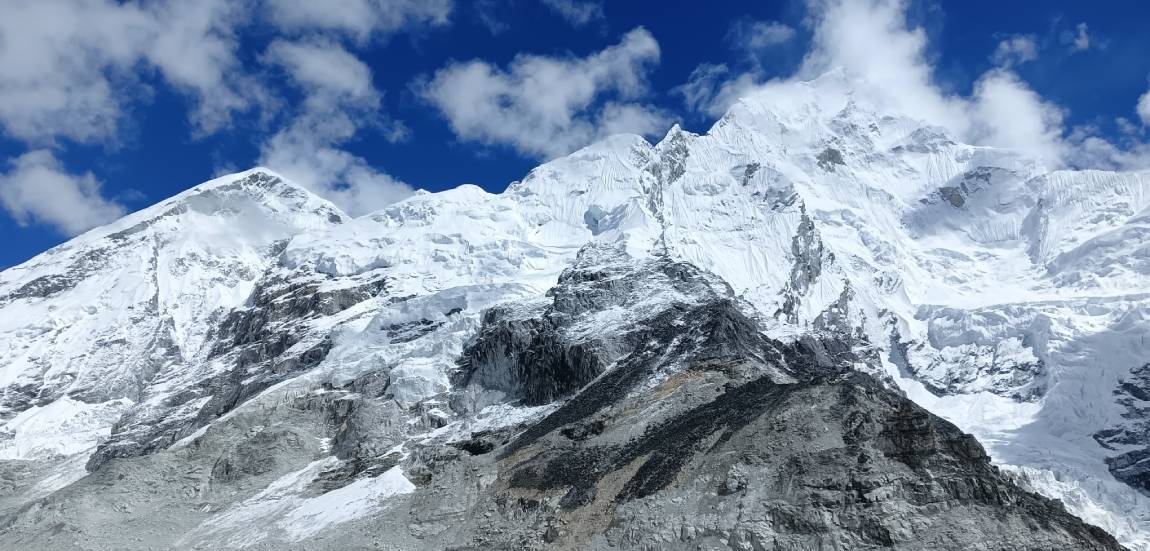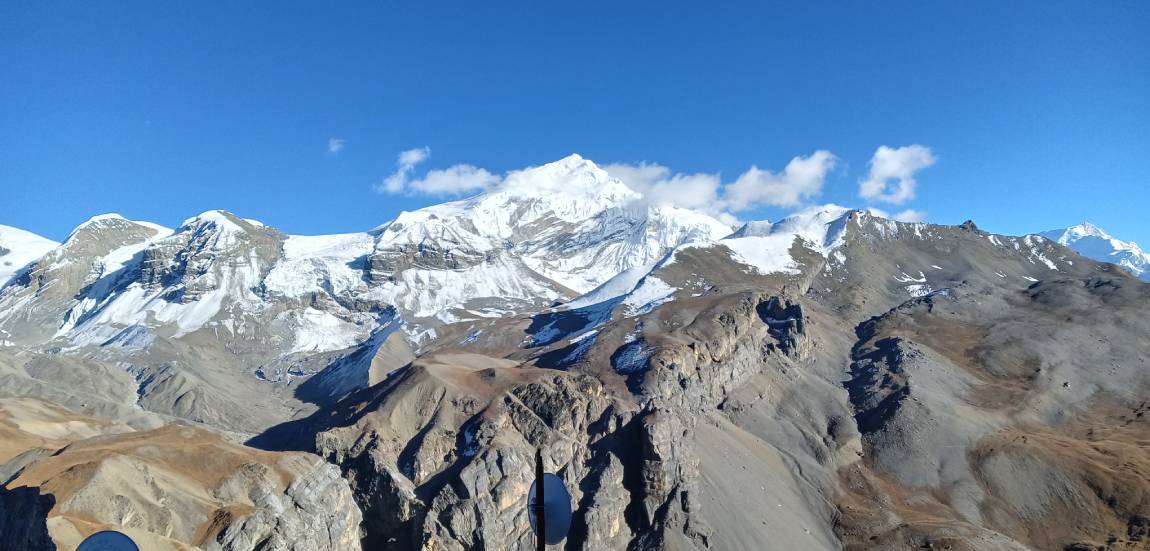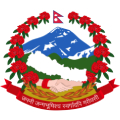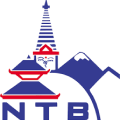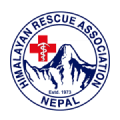Yala Peak Climbing
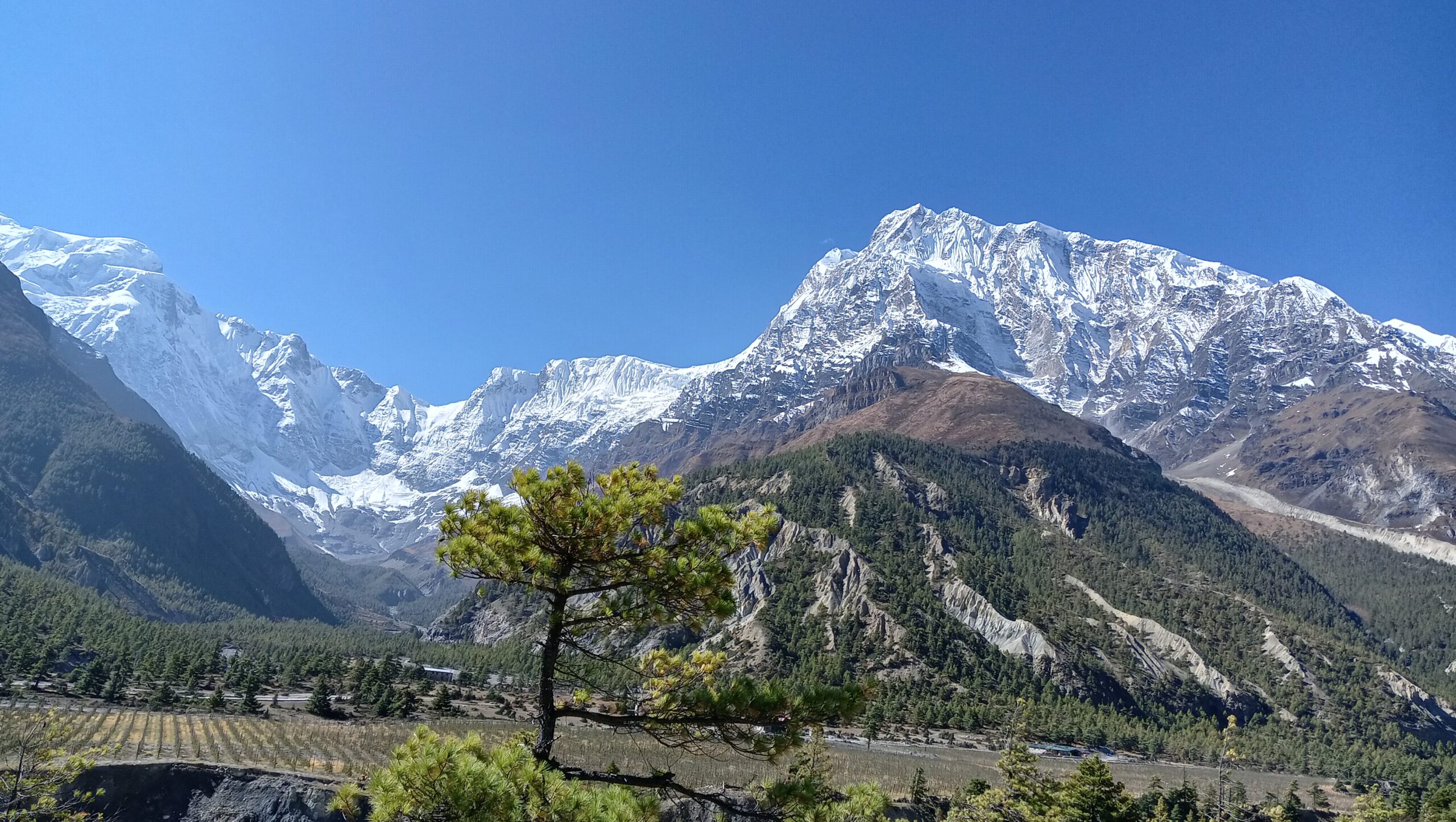
Tour Duration
13 Days
Best time to go
Sep-Nov, Mar-May
Group Size
2-25 People
Max Altitude
5500 m
Accommodation
Teahouse
Tour Grade
moderate
Area
Langtang
Hours of Walking
5-9 Hours per day
Start point - End point
Kathmandu
Yala Peak Climbing (5,732m / 18,806 ft) is one of Nepal’s most accessible and rewarding trekking peaks, located in the Langtang region, near the border with Tibet. This climb is perfect for adventurers looking to experience high-altitude mountaineering without technical climbing skills, making it an ideal peak for beginners and experienced trekkers alike. Unlike many of Nepal’s more challenging peaks, Yala Peak does not require extensive mountaineering experience, making it a popular choice for those looking to summit their first Himalayan peak while also enjoying the breathtaking scenery of the Langtang Valley.
Situated in the Langtang National Park, Yala Peak offers spectacular panoramic views of some of the world’s highest mountains, including Langtang Lirung (7,227m), Dorje Lakpa (6,966m), Shishapangma (8,027m, the only 8,000m peak entirely in Tibet), Gangchempo, and Naya Kanga. The journey to the summit takes climbers through dense forests, high alpine meadows, traditional Tamang villages, and glacial moraines, providing a diverse and immersive trekking experience.
The adventure begins in Kathmandu, where climbers prepare for the expedition by checking their gear, obtaining permits, and meeting their guides and team members. From Kathmandu, a 7-8hours drive takes the team to Syabrubesi (1,550m), the gateway to the Langtang Valley trek. This scenic drive follows winding mountain roads, passing through rivers, terraced fields, and small settlements, offering a glimpse into rural Nepalese life.
From Syabrubesi, the trek officially begins with a gradual ascent through lush rhododendron and bamboo forests, home to wildlife such as red pandas, Himalayan black bears, and langurs. The trail follows the Langtang River, crossing suspension bridges and climbing steadily toward Lama Hotel (2,480m). The next stop is Langtang Village (3,430m), a traditional Tamang settlement that was heavily impacted by the 2015 earthquake but has since been rebuilt. Here, trekkers can experience local culture, Buddhist traditions, and warm hospitality before continuing further into the valley.
The trail then leads to Kyanjin Gompa (3,870m), the spiritual and cultural heart of the Langtang region. This monastery village is surrounded by glaciers and towering peaks, making it an ideal place for acclimatization. Trekkers usually spend a day here exploring nearby viewpoints such as Tserko Ri (5,000m), which provides a fantastic panoramic view of the entire Langtang range. During acclimatization, climbers also check their climbing gear, receive basic training from guides, and prepare for the summit push. From Kyanjin Gompa, the journey continues toward Yala Peak Base Camp (4,600m), a remote and peaceful high-altitude campsite. The trek to base camp is relatively short but challenging due to the thin air and rocky terrain. Upon reaching the base camp, climbers set up their tents, rest, and make final preparations for the summit.
Summit day begins before dawn, typically around 2:00 AM, to take advantage of stable weather conditions. The climb from base camp to the summit involves a mix of rocky terrain and glacier walking, requiring the use of crampons, ice axes, and ropes. However, unlike more technical peaks, Yala Peak does not require advanced mountaineering skills, making it suitable for beginners with basic climbing knowledge.
As climbers ascend, the sunrise paints the snow-covered peaks in shades of gold and pink, creating a breathtaking spectacle. The final push to the summit is steep and physically demanding, but reaching the top is an exhilarating and rewarding experience. From the summit of Yala Peak, climbers are greeted with unobstructed views of the Himalayas, including the massive face of Shishapangma (8,027m), Tibet’s highest peak, along with Langtang Lirung, Dorje Lakpa, and several other towering summits.
After celebrating at the top and taking in the stunning scenery, climbers carefully descend back to base camp and then Kyanjin Gompa, where they rest before beginning the return trek to Syabrubesi and eventually Kathmandu.
Challenges and Preparation for Yala Peak Climbing
While Yala Peak is considered a non-technical climbing peak, it still presents several challenges that climbers should prepare for:
High Altitude: Since the summit is at 5,732m, proper acclimatization is crucial to avoid altitude sickness. Spending extra days at Kyanjin Gompa and drinking plenty of fluids helps the body adjust.
Cold and Unpredictable Weather: The mountain weather can change rapidly, bringing strong winds and freezing temperatures, especially during the summit push. Layered clothing and proper gear are essential.
Physical Fitness: The trek and climb require good endurance, strength, and stamina. Prior preparation, including hiking, cardio workouts, and strength training, will improve overall performance.
Glacier and Snow Climbing: While Yala Peak does not require technical climbing experience, climbers must be familiar with crampons, harnesses, and ice axes. Basic training is usually provided by guides at base camp.
The best seasons to climb Yala Peak are Spring (March to May) and Autumn (September to November). During these months, the weather is stable, visibility is clear, and temperatures are moderate, making the climb safer and more enjoyable. Winter climbing (December to February) is possible but extremely cold, while monsoon season (June to August) is not recommended due to heavy rainfall and slippery trails.
Yala Peak Climbing is a once-in-a-lifetime adventure that combines the thrill of high-altitude mountaineering with the beauty of the Langtang Valley. Whether you are a first-time climber or an experienced trekker looking for a less technical Himalayan summit, Yala Peak provides an accessible, rewarding, and breathtaking experience. The journey through pristine forests, alpine meadows, glacial landscapes, and spiritual monasteries makes the expedition as fulfilling as the summit itself. With proper preparation, the right mindset, and an experienced guide, standing on the summit of Yala Peak will be an unforgettable achievement and a gateway to future mountaineering adventures in the Himalayas.
Itenary
Cost Include
- Arrival day Pickup from Kathmandu International Airport.
- Highlight Kathmandu city tour (guide and car with driver only)
- 3 nights’ accommodation in Kathmandu including breakfast at Tourist stander hotel.
- Public bus ticket to Syabrubensi (trip start point) from Kathmandu.
- All necessary permits for the Langtang region trek
- tea house accommodation during the trekking
- 1-night tent accommodation at the Yala Peak Base Camp
- Breakfast, Lunch, and Dinner during the trekking and climbing period.
- One professional trekking guide from Kathmandu to Kathmandu
- One climbing guide from Kyanjing Gompa to Kyanjing Gompa including climbing Guide equipment.
- Porter to carry your luggage during the trek (normally 1 porter between 2 persons)
- All necessary equipment for camping at the Yala Peak Base Camp
- Climbing Rope, Ice screws, Snow bars
- Personal climbing Gear per person such as Crampons, Harness, Ice Axe, Screw gate, Karabiners
- Insurance for Guide, and Porters
- Public bus ticket from Sybrubensi to Kathmandu
- Farewell dinner at Kathmandu before you departed from Nepal
- Related taxes and service charges
- An airport transfer service for your departure date and time
Cost Exclude
- Personal equipment for climbing
- Travel & medical insurance (personal)
- Emergency Rescue evacuation
- Monuments entrance fees during the city tour
- Lunch and Dinner during your Kathmandu stay (Except the special Dinner)
- Nepal multiple Visa.
- Extra bottled drinks (mineral, any cold drinks, and alcoholic drinks) not specified
- Personal shopping
- Tips for guide and porter
